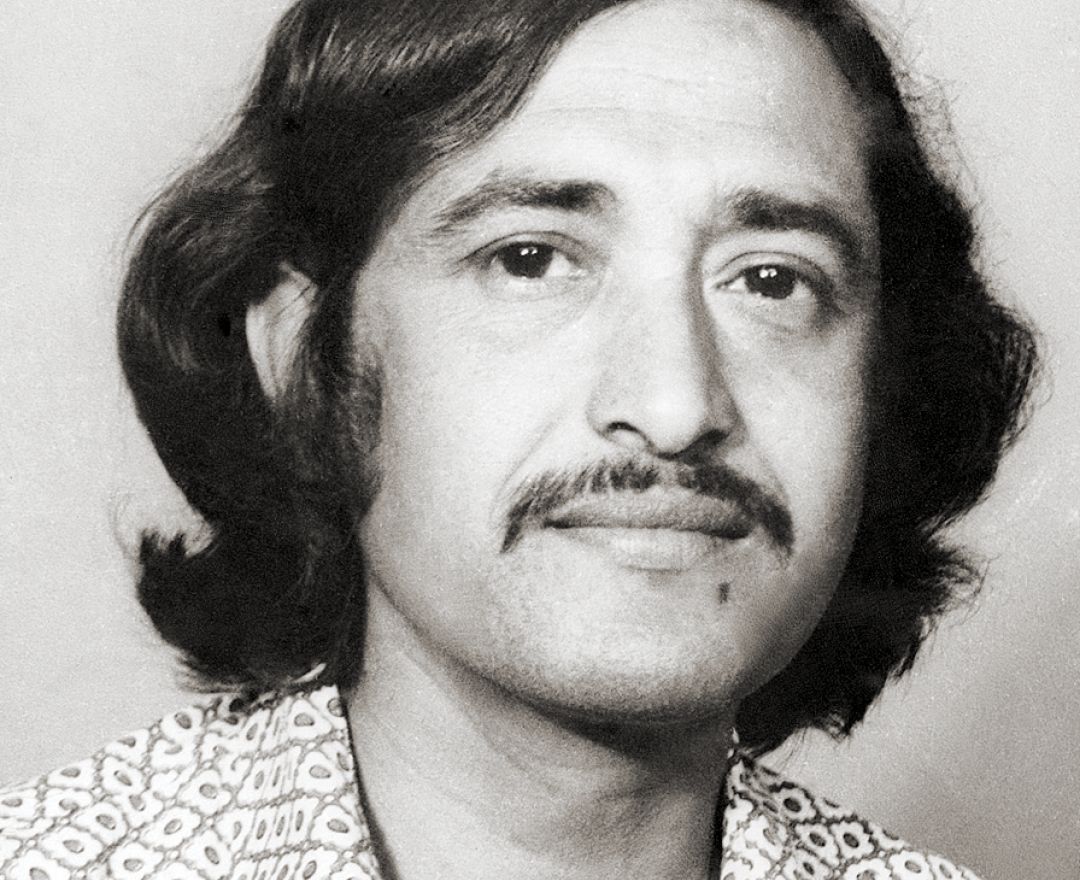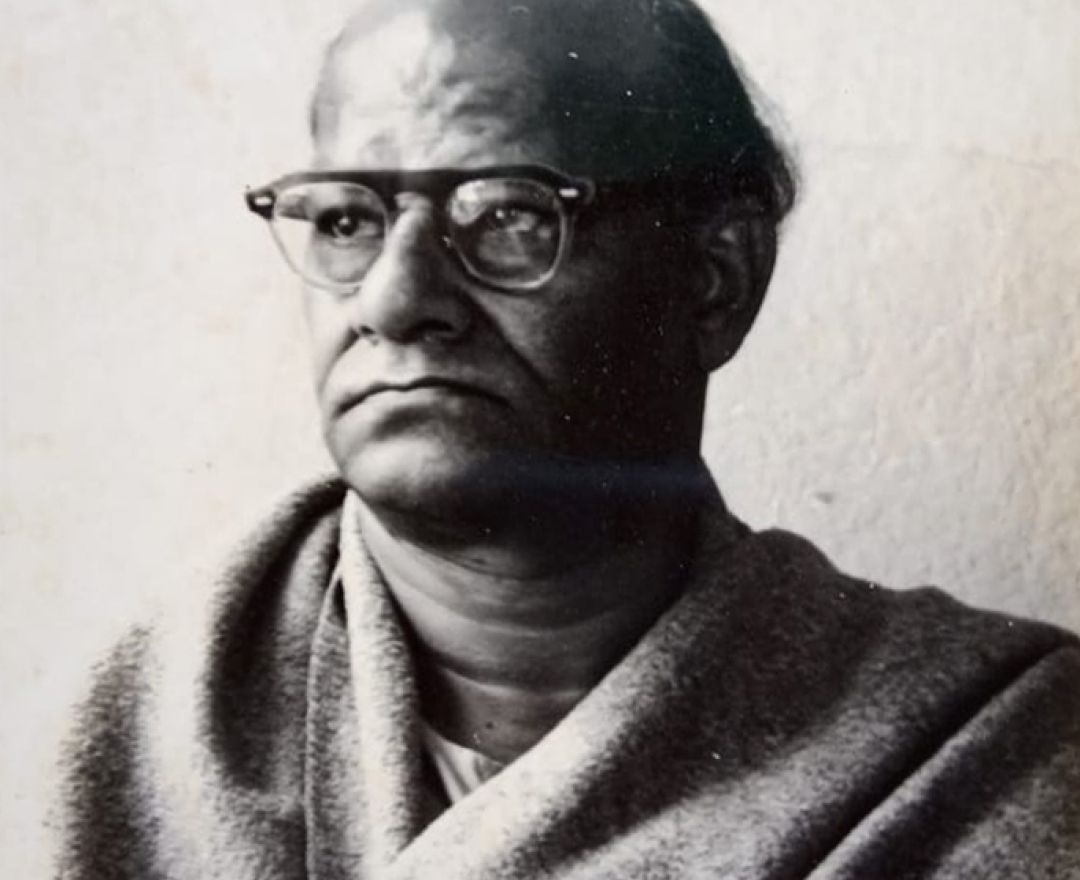Sanat Chatterjee
Sanat Chatterjee
Sanat Chatterjee
|
1935 - 2017 Sanat Chatterjee |
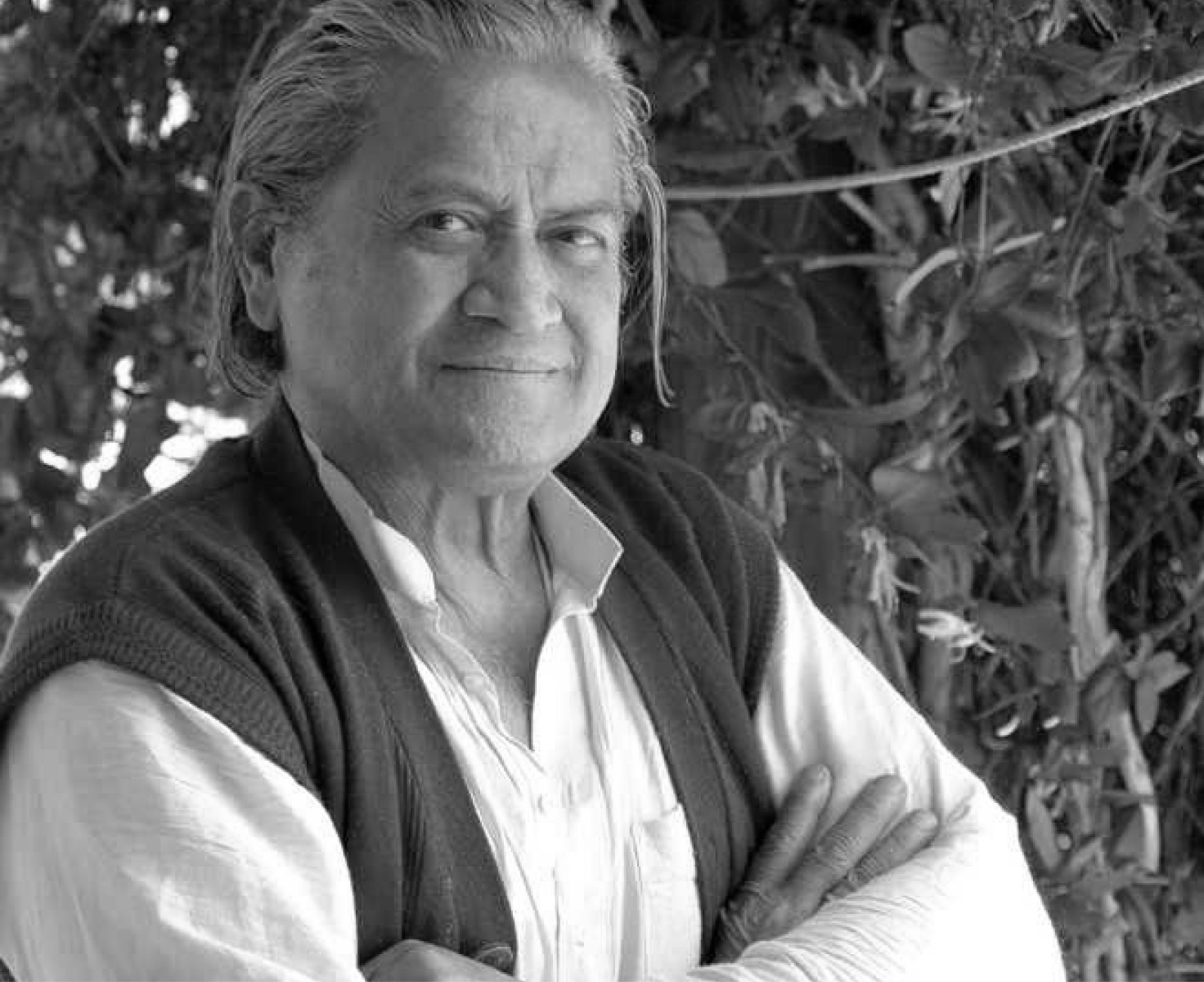
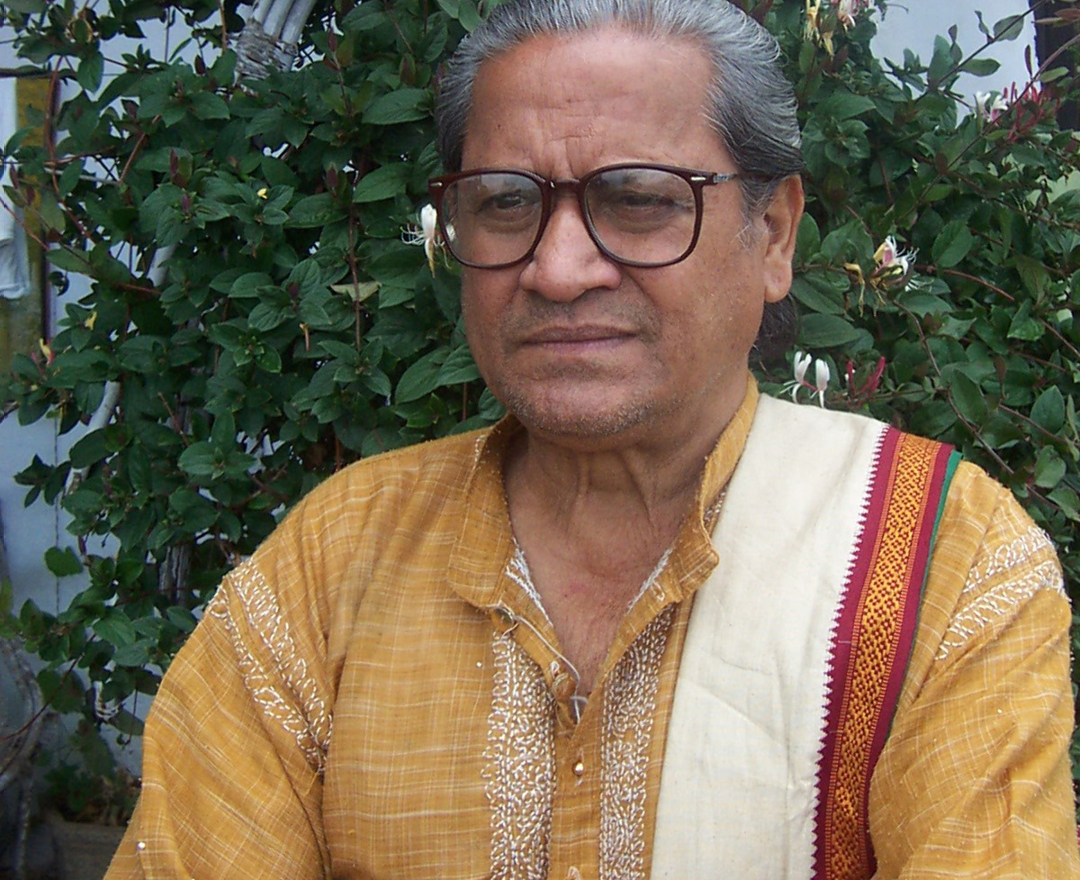
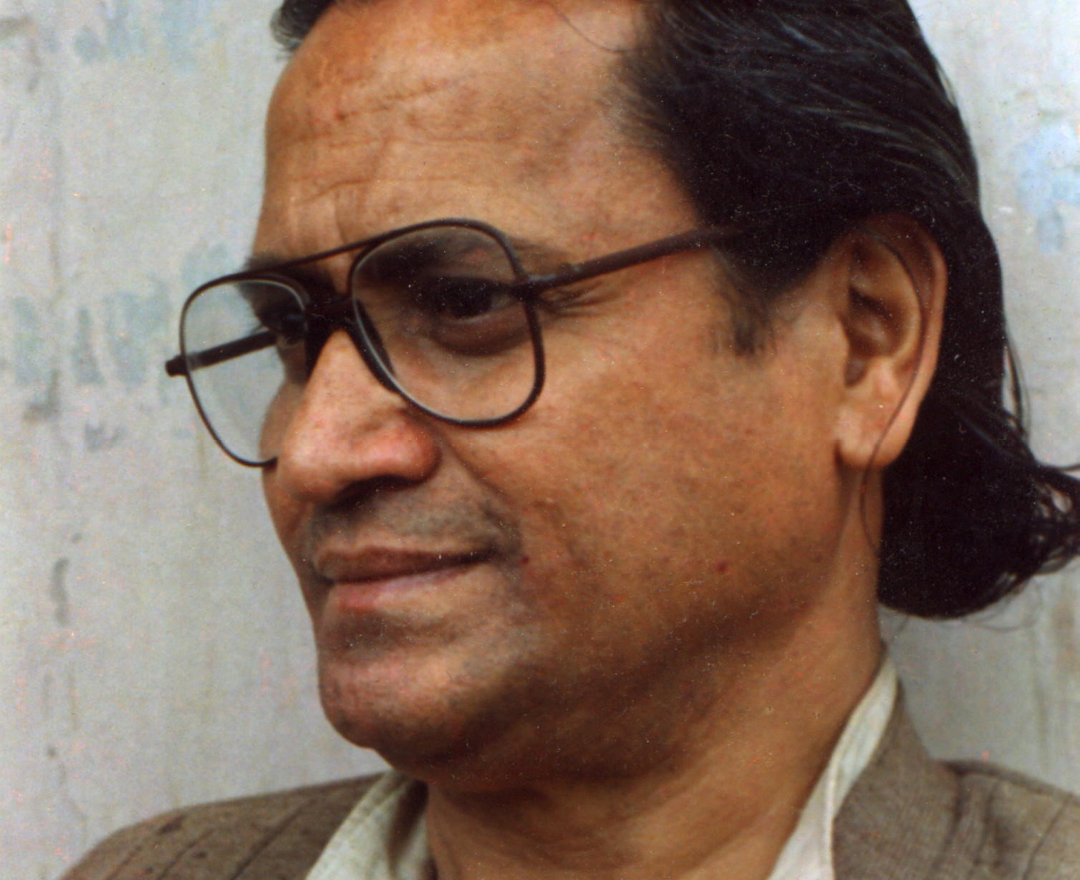
‘The highest art is always the most religious, and the greatest artist is always a devout person’
ABRAHAM LINCOLN
artworks
dag exhibitions
|
‘Indian Divine: Gods & Goddesses in 19th and 20th Century Modern Art’ |
|
DAG, New Delhi and Mumbai, 2014 |
|
‘Navrasa: The Nine Emotions of Art’ |
|
DAG, New Delhi and Mumbai, 2020 |
|
'Indian Blue: From Realism to Abstraction' |
|
DAG, New Delhi, 2021 |








